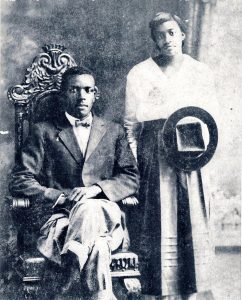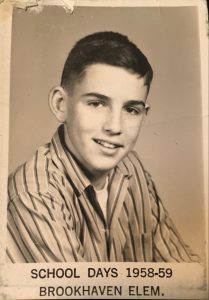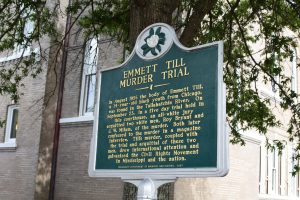A Blog Series by A. Tyke Dahnsarf
"Now I'm a man, way past twenty one, I tell you honey child, we gonna have lotsa fun."
--Bo Diddley (1955)
So, I finally made it. The trip I'd promised myself for decades; the Blues trail up the delta to see the birthplace and stomping grounds of the musical hero's that informed my youth.
Like the millions of ingratiate Baby-boomers raised in post war Britain, the land of hope and glory was not our sceptered Isle but country on the far side of the Atlantic. A place portrayed on 9 inch screens, in black and white. A tableau peopled by the square jawed and white, with teeth to match. Beneath wide-brimmed hats, they rode Palominos or running boards of Chevy's - able to discharge firearms with amazing accuracy, considering the speed that their chosen mode of transport often travelled. Females were portrayed as victims who screamed a lot and got rescued from precarious situations by the square jawed. Uncannily, their coiffures and make-up always survived the ordeal where their captors or protagonists often did not. In this safer real world, that our parents had bravely sacrificed their youth to make possible for us, there were no Colts, neither with 4 legs nor 6 chambers. Nor Stetsons, Borsellinos or Chevrolets. It was a world in reality, as Black and white as that projected onto screens or via a cathode ray tube.
So, we went further in embracing this perfect, mythic continent by imbibing it's music so that it became the soundtrack of our youth. Rock n' Roll was it's name and the more our parent's hated it so, we loved it the more. Then, when a home-grown, watered-down, insipid, mish-mash was offered once a week for an hour by Aunty Beeb (BBC TV) as a sop to the youth (and an establishment with an eye to future voters.) Some of us were audacious enough to seek out the itinerant father of Rock n' Roll - the Blues. Our parent's hated this even more. A number of those who had "discovered" this music also realized that the Devil had contrived to make it a musical genre (apparently) easy enough for whites to emulate. And so, some did just that, even I, but more of this later...
So, my informative years, like many in that post-World War II cohort, were first shaped by photogenic all American white boys--only just out of school--who regaled us with songs of love lost or gained. The most original and influential of them was one hailing from Texas and the other from Mississippi. With not a few ditties in their repertoire, a pastiche of songs from an all-together older generation, with very different life experiences, the raw immediacy of these ditties was not lost on us, even if the context of where and how they originated was.
One of these "oldies" was Chuck Berry, who along with perhaps Cliff Gallop launched a thousand guitar wannabes. Berry was not one to waste a good riff on one song when it could be applied to further telling of fast cars and even faster female. His witty couplets succeeded in making subsequent refinements somehow different, and I could not accuse Berry of lazy, moon in June lyrics in his telling of trysts with the opposite sex. I loved him then and still do. Keef, Mick, Eric et. al., also felt the same too. Along with adulating Messrs. Morganfield, Burnett, Hooker and many a King, they helped pave the way to resurrecting the careers of many these Black American Blues artists, catapulting them from cult following into the mainstream. But they were not solely responsible for my getting acquainted with Blues music. Nay! It was another champion, Chris Barber. A noted UK jazz band leader, it was he who first introduced me and thousands of others to these great performers, via TV--together with a Glaswegian banjo player and Parisian born guitarist, both members of Barbers band. The former with the moniker of Lonnie Donegan and the even more exotically named, Alexis Korner. Together they guided our musical journey and their example launched an untold number of Rhythm 'n Blues Bands.

The Denyms











